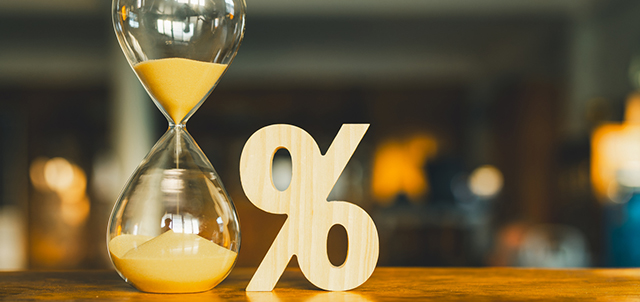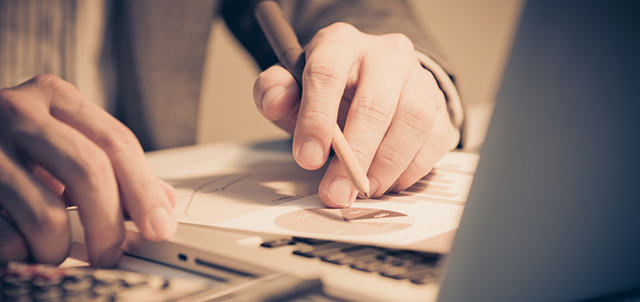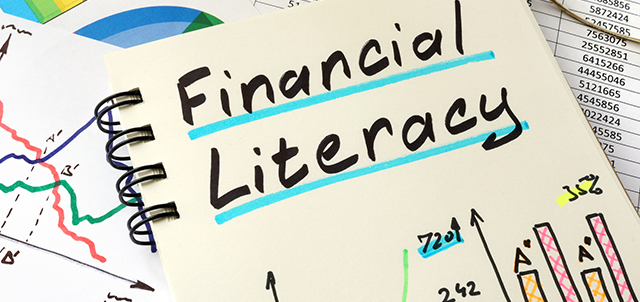5 Things You Should Know About Tax Refund Loans
As tax season speeds into high gear, put the brakes on "fast refunds" that come in the form of refund anticipation loans, or RALs. They’re a costly option thousands of taxpayers take, often without realizing just how expensive—and probably unnecessary—they really are.
Refund anticipation loans
are a costly option thousands
of taxpayers take, often
without realizing just how
expensive—and probably
unnecessary—they really are.
Here are five things you should know about RALs, including alternatives that are cheaper and less risky.
- You’re paying to borrow your own money. RALs are short-term loans issued by non-bank lenders—usually with terms of only 7 to 14 days—that are secured by your expected refund. Taxpayers who take out RALs receive cash, typically right away, in the amount of their anticipated refund, minus fees. In exchange, they agree to pay an interest rate that could, when expressed as an annual percentage rate (APR), add up to a triple-digit rate. In most cases, the lender sets up an account that is used solely to receive the taxpayer's IRS refund. When the refund arrives, it is used to pay off the loan.
- You’re taking on risk. Like all loans, RALs come with risk, including an increased debt burden if your refund is denied, delayed or lower than expected. As costly as RALs can be in the short-term, they can be devastatingly expensive over the long-term should anything go wrong with your refund. Significant debt can pile up over time and hurt your credit score.
- RALs are expensive. RALs come with a number of fees, which may include a loan application fee as high as $100; a tax-preparation fee (around $40); a check-processing fee (around $20); a "peace of mind" guarantee from your tax preparer that you’ll get the refund cited on your tax form ($100 or more); and a refund account fee for services involved in setting up a temporary account (a minimum of $30). In addition to fees, RALs come with high rates of interest—generally starting at 36 percent and going up from there. Bottom line? Expect to pay a minimum of $200 on a $2,000 “fast” tax refund.
- You might encounter RALs in unexpected places. Businesses that prepare and file tax returns are the place most consumers run into these "instant refunds." But they aren't the only places that may pitch a RAL to you. Car dealerships, boat showrooms and furniture and electronics stores are among the many businesses that offer these loans.
- There are better alternatives. There are better, less expensive alternatives to RALs. The best move is to be patient and have the IRS send your tax refund free of charge. If you e-file and have your refund directly deposited, the IRS refund cycle can be as short as 8 days. In many cases, waiting only a few days or weeks can save hundreds of dollars. If you don’t already have one, consider opening a checking or savings account, so your refund can be directly deposited. This service is generally free at most banks and credit unions. You can also get tax help for free by taking advantage of free tax preparation programs offered by the IRS.
Be a smart consumer. Don't take a bite out of your tax refund by taking out a RAL.





